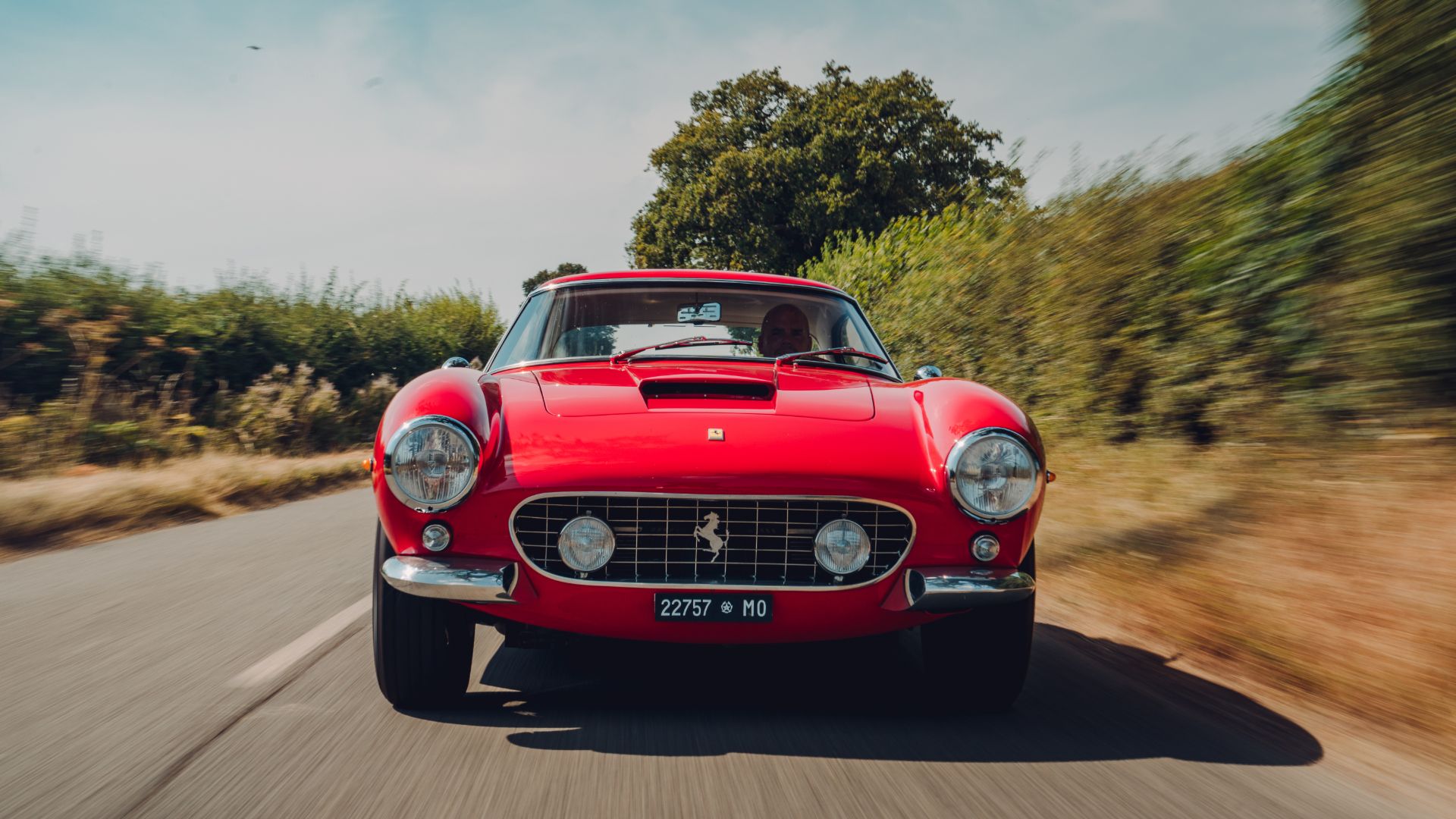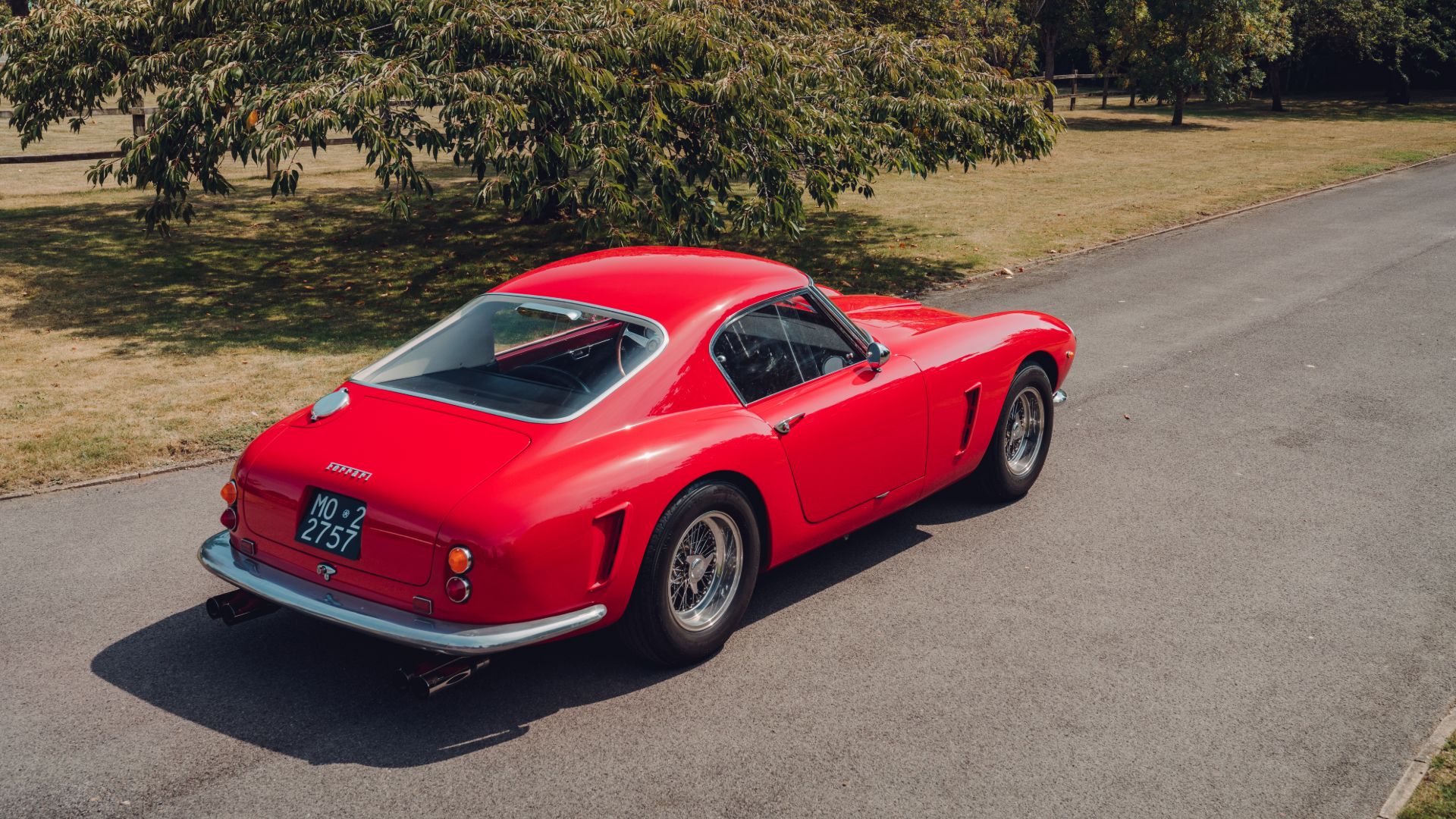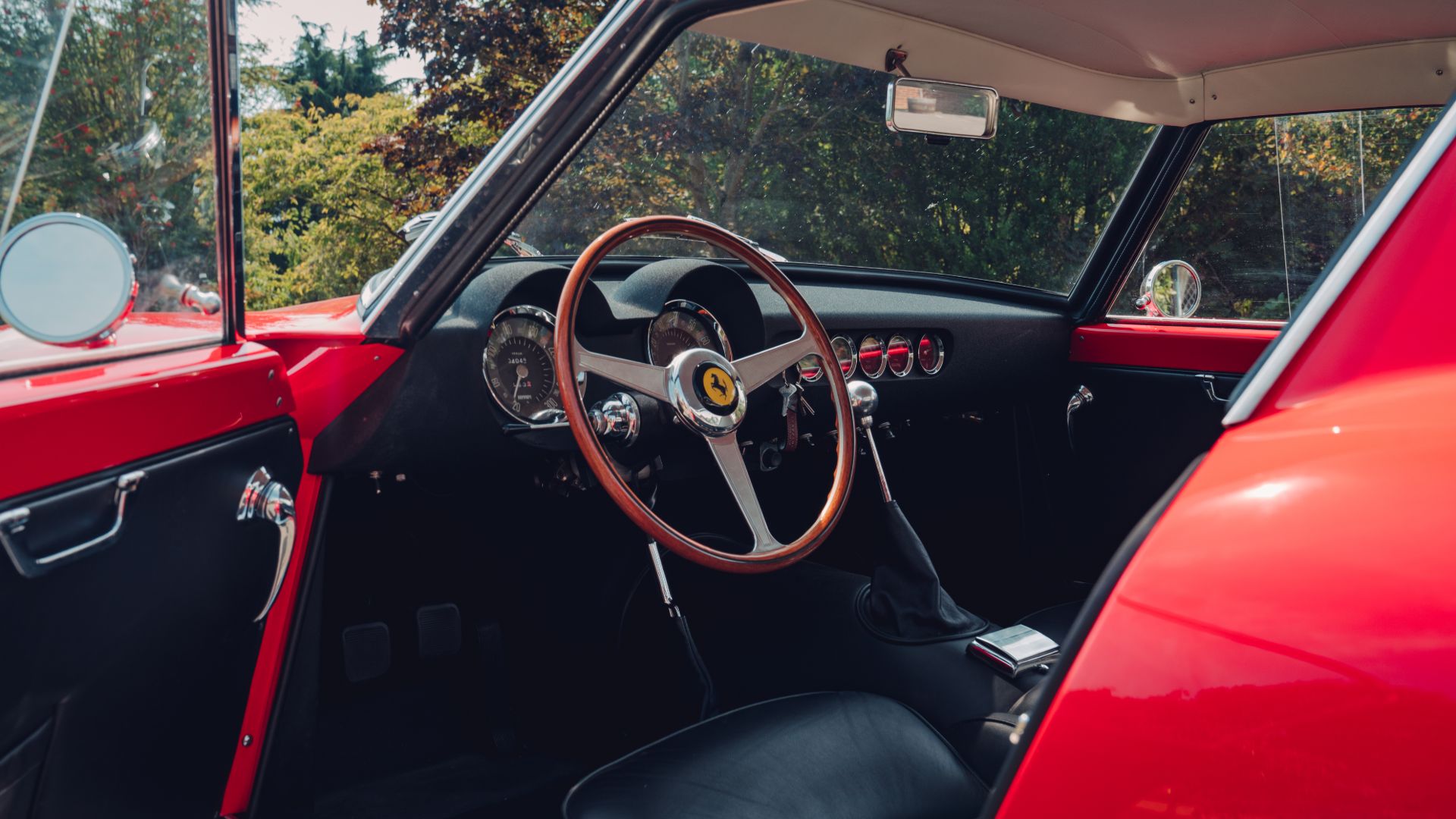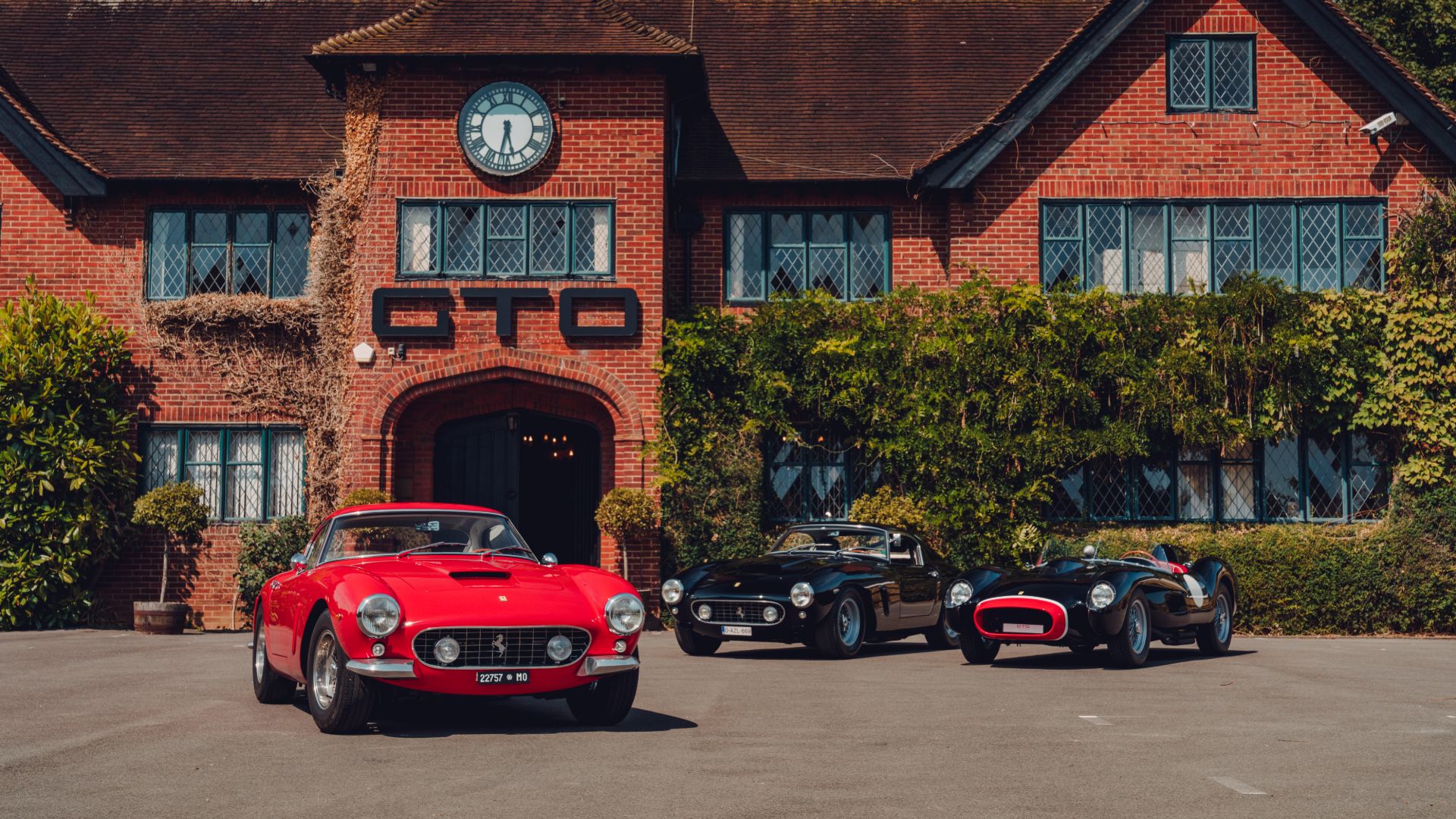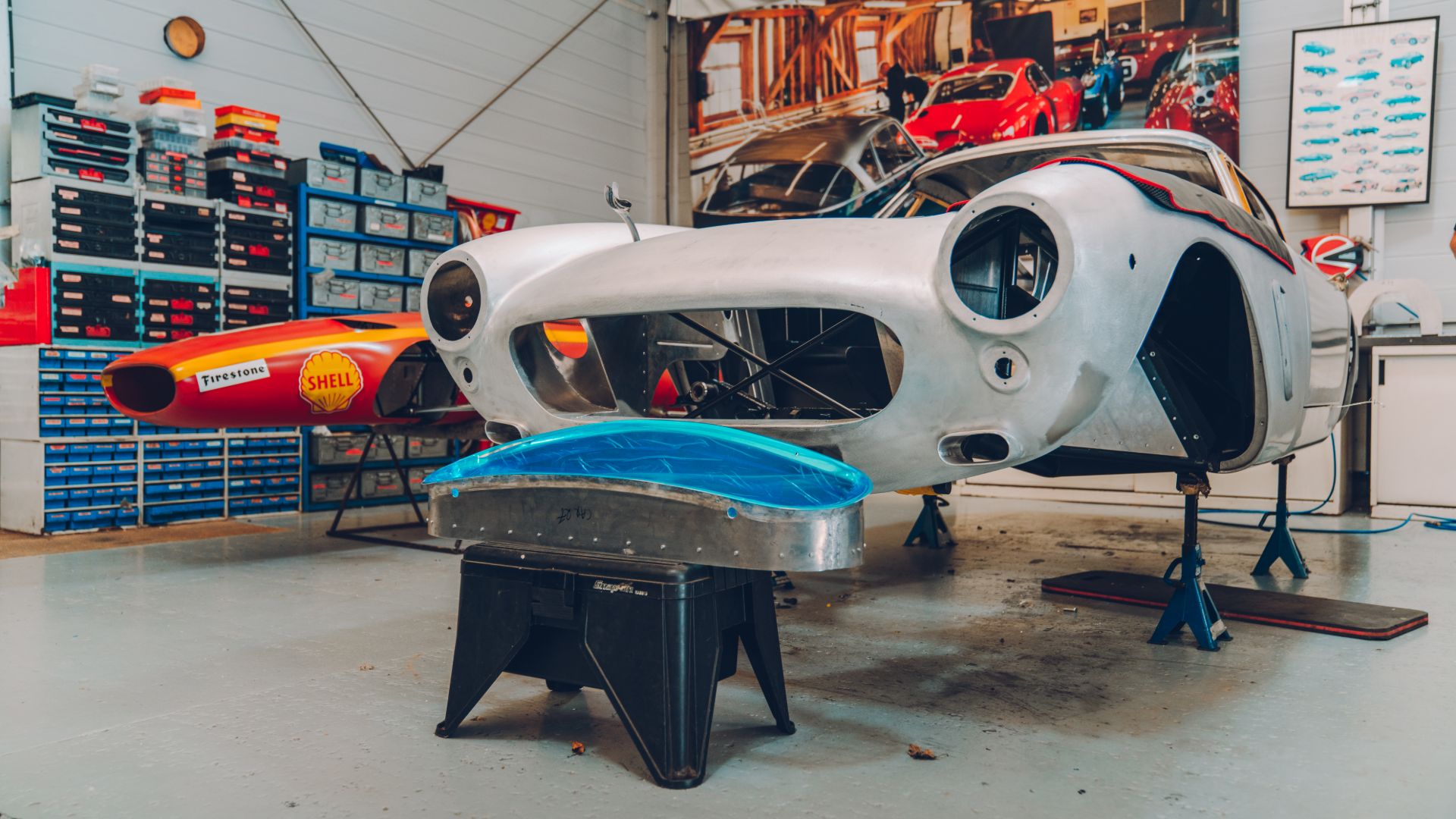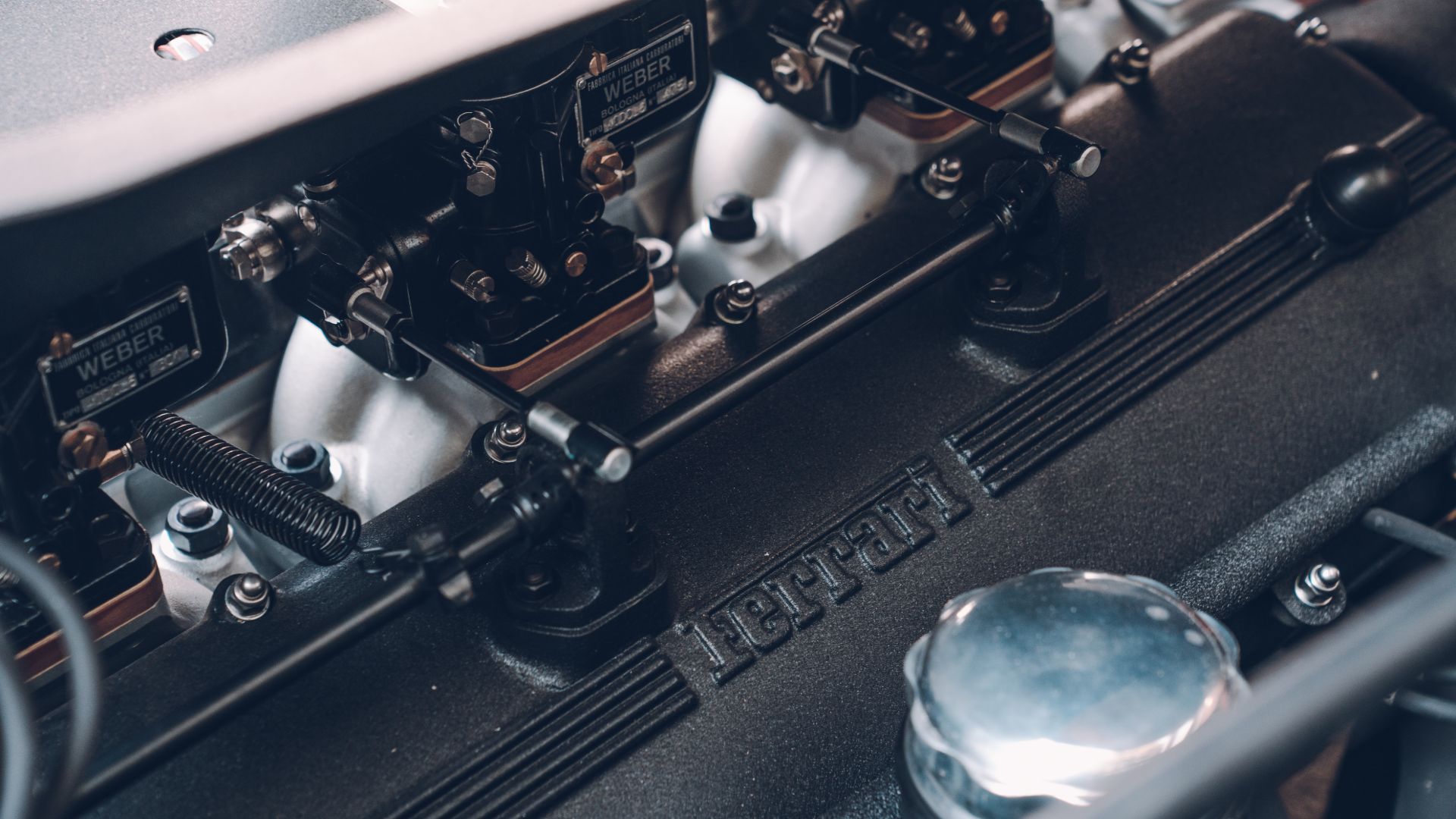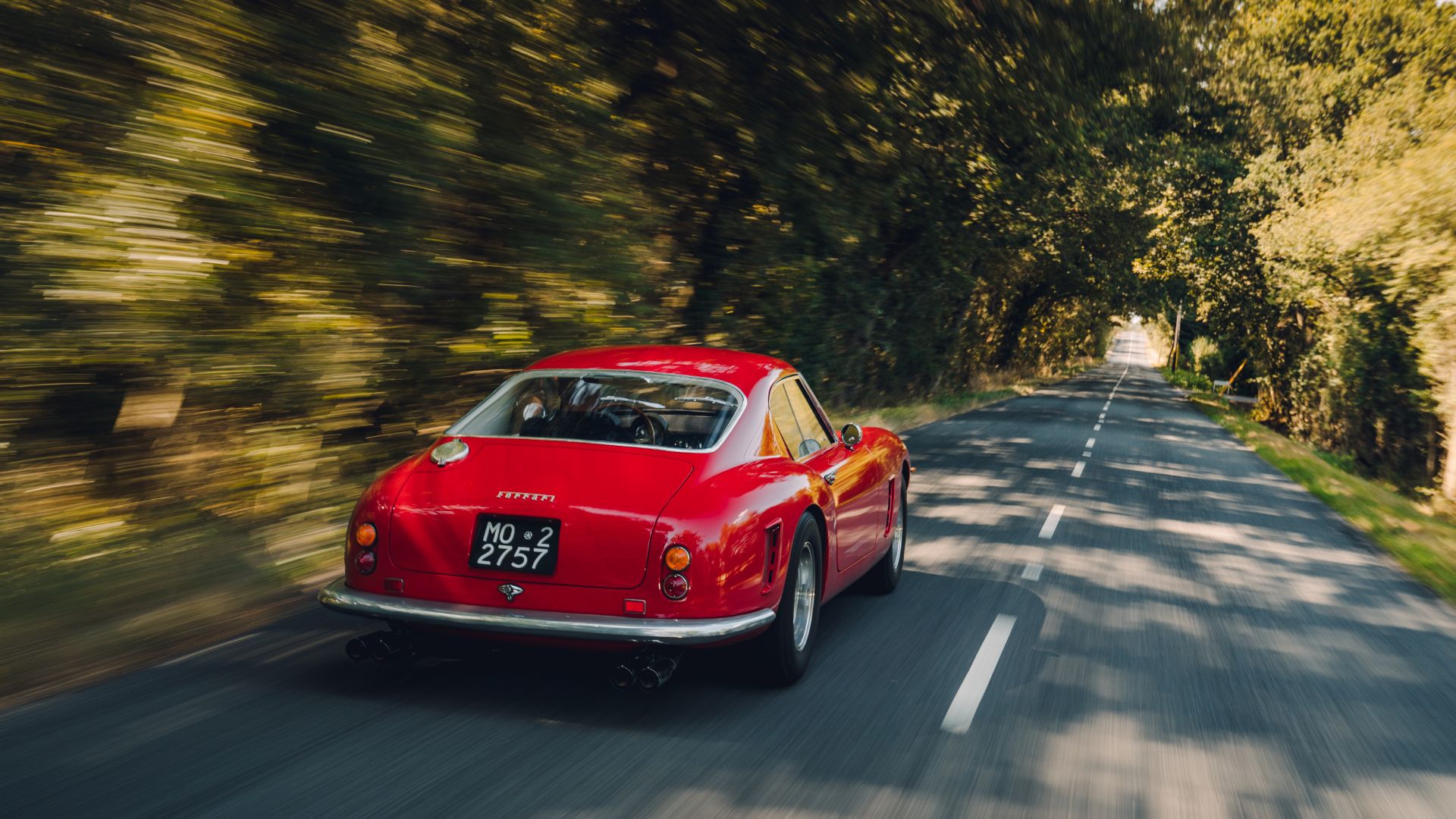I used to pass a Ferrari 250 GT SWB on the way to work. Or so it seemed. The car looked kosher from a distance, but closer inspection revealed thumb-sized panel gaps, a plasticky interior and a telling lack of tailpipes (one instead of the usual four). In hindsight, the fact that it was street-parked in Croydon was a giant red flag. Despite the cavallino rampante on its grille, this Faux-rrari was really a humble BMW Z3.
The 250 GT SWB Revival from GTO Engineering is as far removed from that car as Maranello is from Munich. A ‘reverse engineered’ tool room copy, hand-built from scratch using many of the original drawings, it’s nigh-on identical to the real thing.
There is one major difference, though. While a genuine, aluminium-bodied SWB might cost you the thick end of £20 million, the Revival starts from £750,000. So, if you want a money-saving tip with your six-figure supercar review, there it is. Just don’t expect any more.
Stirling work
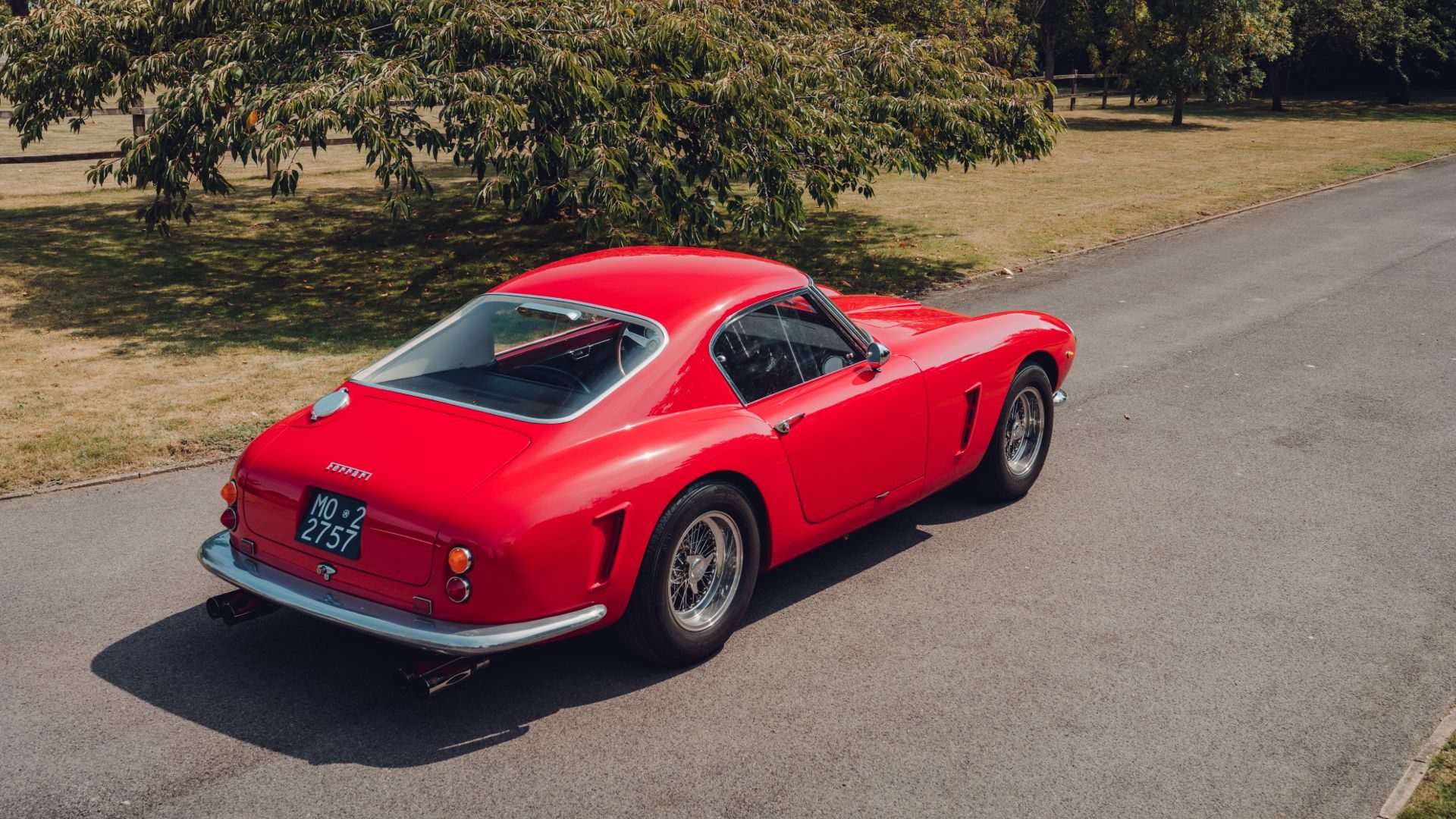
Launched in 1959, the Ferrari 250 GT SWB was a formidable racer and part of the illustrious lineage that led to the 250 GTO. Driven by legends such as Stirling Moss and Graham Hill, it chalked up numerous victories around the world, culminating with the 1961 constructors’ championship in the GT class.
The Short Wheel Base (so-called because of its eight-inch-shorter chassis) was also a revered road car. Its combination of jaw-dropping Pininfarina styling, track-honed handling and animalistic V12 engine make for one of the most evocative – and expensive – Ferraris of them all.
Somewhere between 165 and 176 examples of the SWB were built, depending on who you believe. Today, most are entombed in dehumidified storage, too valuable to be driven. That’s where the Revival comes in.
Heart of the matter

Mark Lyon founded GTO Engineering in the early 1990s. Since then, his business, based in an imposing country house in Berkshire, has grown into the world’s largest manufacturer of historic Ferrari parts. He shows me around a warehouse stacked floor-to-ceiling with carefully labelled components. Can’t find the right bezel or bracket here? GTO Engineering will 3D-print you one from scratch.
Wandering into the busy workshop, I spot a concours 330 GTC, 250 GT Lusso, F355 Challenge race car and wide-bodied Koenig 512 BB, among many others. But while servicing classic Ferraris is GTO’s bread-and-butter, the Revival project is also well established.
“It was a quiet year after the 2007-2008 financial crash, so we needed a project to keep us busy,” Lyon explains. “The 250 GT SWB was an ideal starting point because we know them so well. The first car was completed in 2010 and we’ve built 40 or so since – mostly SWBs, although we offer Revival versions of the 250 Testa Rossa and 250 GT California Spyder SWB, too.”
I’ll be driving the California Spyder at a later date – check back for a review in October 2021 – but today is all about the SWB.
Born identity
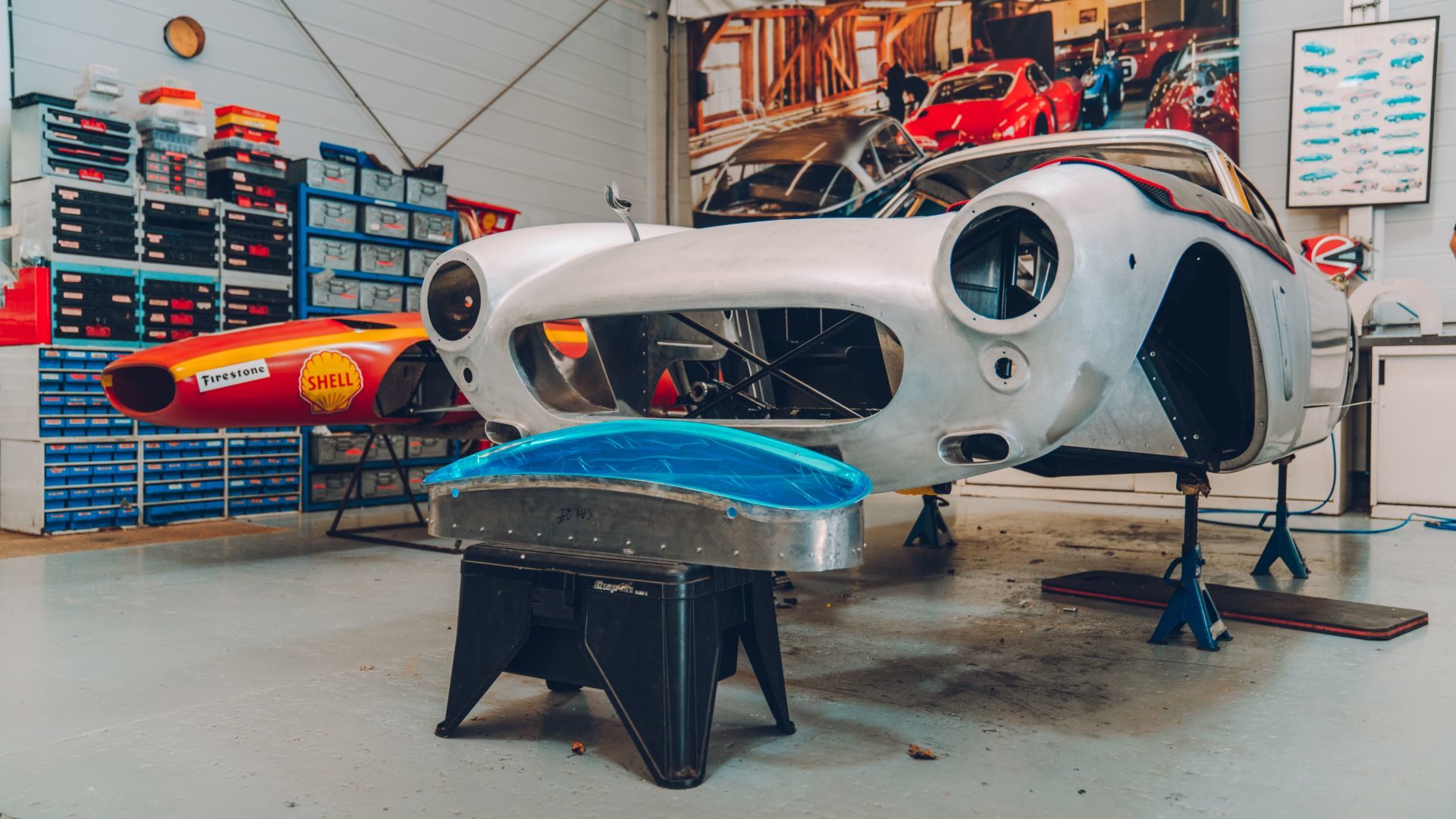
Unlike that hapless BMW Z3, each Revival starts life as an actual Ferrari. “We use a car that’s already broken up and isn’t worth saving,” says Lyon, “typically a less sought-after model such as a 250 GTE or 330 GT”. This provides an identity for registration purposes, helping circumvent the thorny issues of modern safety and emissions tests. Everything else, however, is brand new.
Building a Revival takes around two years and the majority of parts are formed, machined and hand-finished on-site – including the complete engine and exhaust system. “The triple Weber carburettors are the only part we buy in,” says Lyon proudly.
The cars’ fulsome curves are also formed in-house, although GTO Engineering rolls the aluminium bodywork, rather than hammer-beating it like the artisans of Carrozzeria Scaglietti. Either way, the result speaks for itself; the 250 GT SWB is one of the most beautiful cars ever built.
Fast versus fun

Buyers can choose from three engine options. The ‘standard’ 3.0-litre V12, the configuration used by Ferrari, produces around 280hp and 200lb ft of torque. My test car has the 3.5-litre upgrade, which elevates outputs to 320hp and 260 lb ft. There’s also the full-house 4.0, with a brawny 350hp and 300lb ft.
Factor in a kerb weight of 1,050kg – scarcely more than a Volkswagen Up – and performance is startling by 1959 standards: 0-60mph in six seconds and a top speed beyond 150mph. Figures for the new-for-1959 Mini were 29.7 seconds and 75mph respectively.
Granted, the SWB wouldn’t get close to any 2021 Ferrari, but Lyon seems unperturbed. “Our customers are bored of modern supercars,” he tells me. “They’re all too big, too heavy and too fast. This is 10 times as much fun.”
Stretch and stall
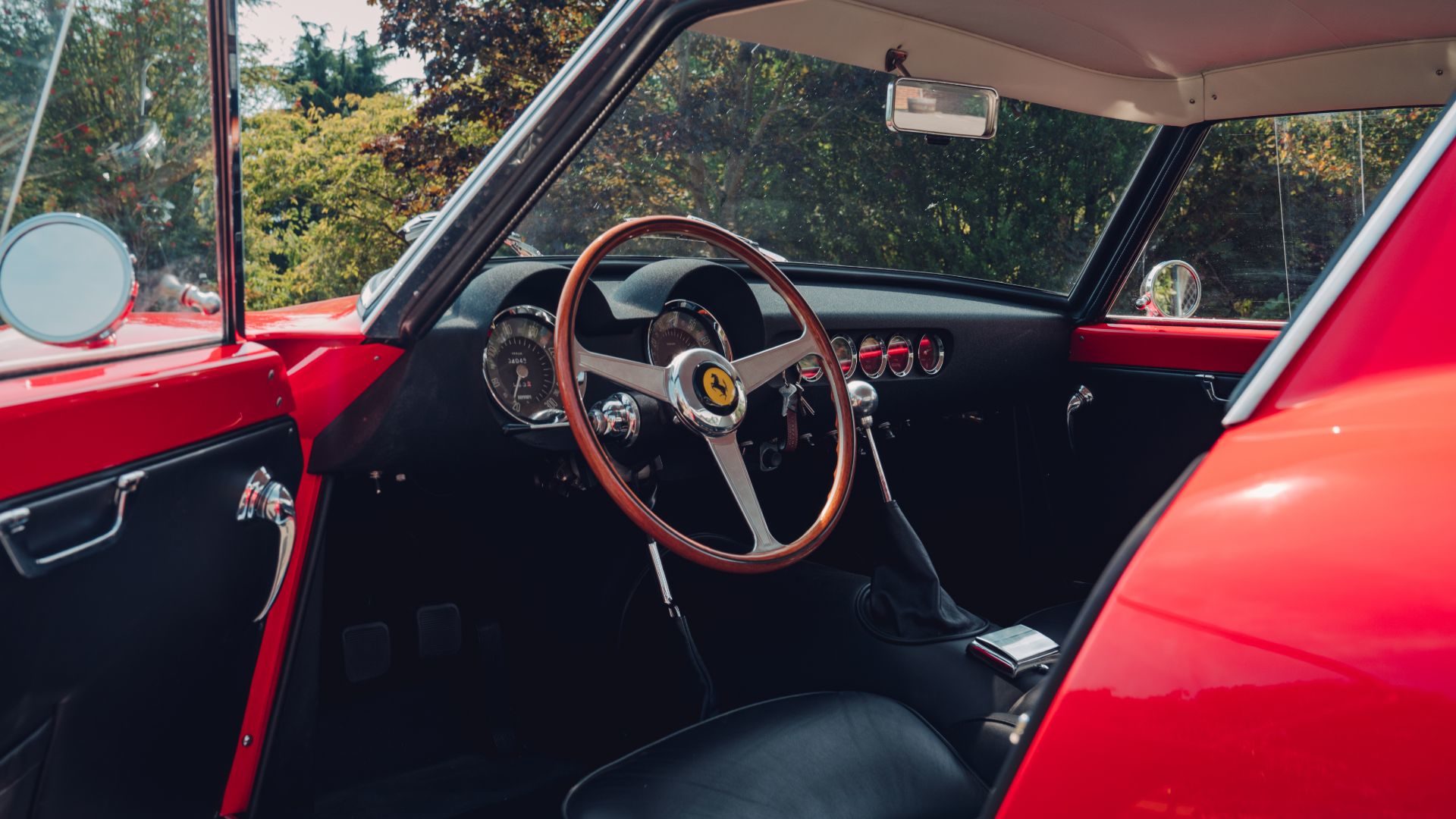
He’s right, you know. I won’t keep you in suspense: the Revival is one of the most immersive, exciting and unforgettable cars I’ve ever experienced. If this is the closest I get to driving a real 250 GT SWB, it feels close enough.
Not that things started so auspiciously. Each car is tailor-made to fit its owner and the seat – as per the Ferrari – is bolted to the floor. For me, it meant a tip-toes stretch to the pedals that, when combined with a hair-trigger competition clutch, was a recipe for stalling the engine immediately. Then again, several more times. Sorry Mark.
Once I’m rolling, however, the SWB proves surprisingly amenable. Its large, wood-rimmed wheel makes light work of the unassisted steering and the gear lever clunk-clunks steadfastly across the gate. The white-on-black Veglia dials are models of clarity (who needs a touchscreen?) and the whole car feels wonderfully slim-hipped. Unlike any new Ferrari, you won’t involuntarily hold your breath when the road narrows.
Don’t get ideas about Apple Carplay connectivity, but you can have a USB port beneath the dashboard for charging your phone. Air-conditioning is another notable, non-original option – and virtually essential in some markets where the Revival is sold.
Slide ruler
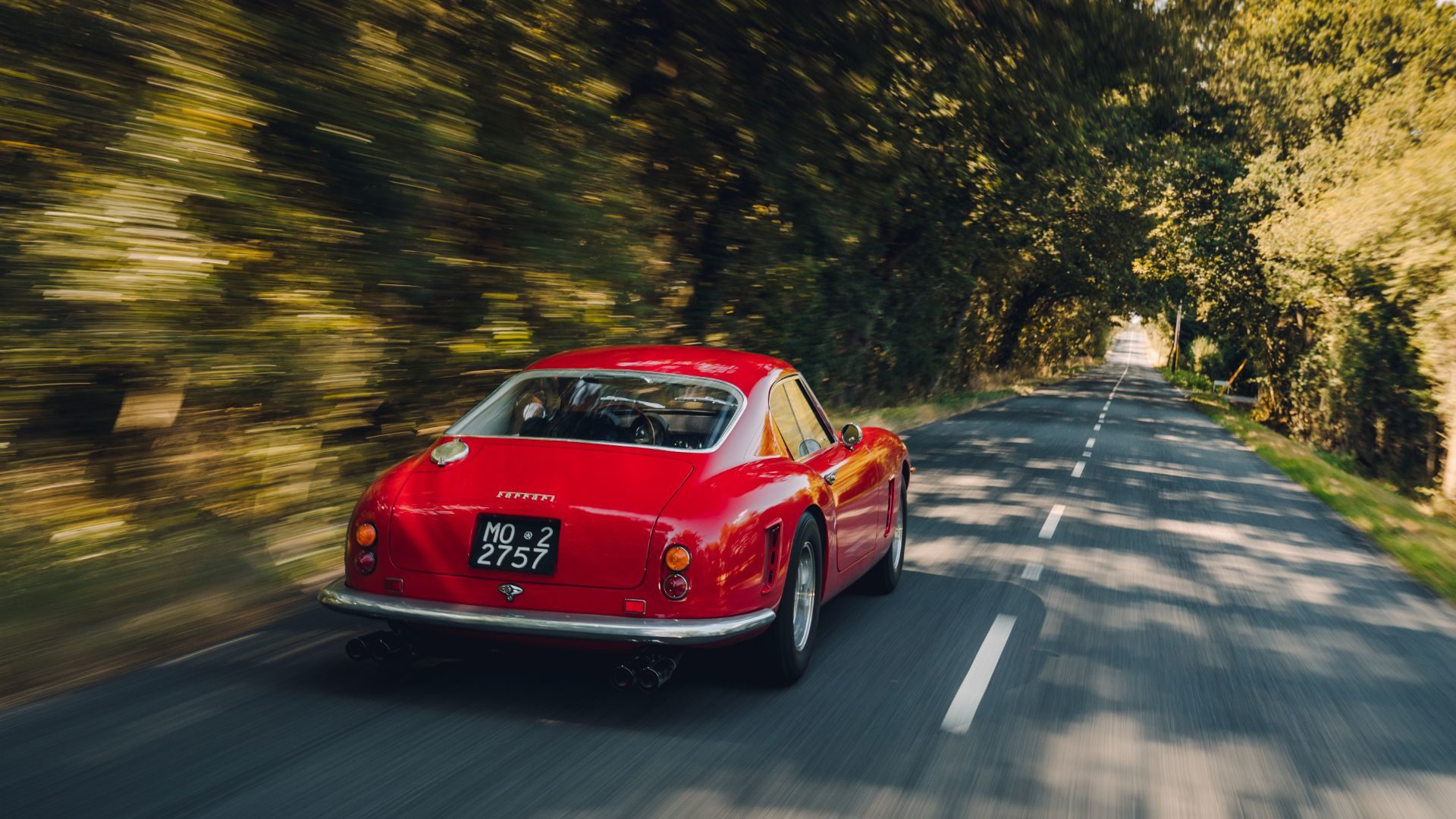
Heading west from GTO Engineering’s Twyford base towards the Cotswolds, the traffic thins and SWB begins to peel back its layers. It may have carpets and number plates, but underneath lurks a red-blooded racer. One that gets better the faster you go.
If you watch YouTube videos of Stirling Moss manhandling an SWB around Goodwood (or indeed SWB replicas doing battle at the Goodwood Revival), you’ll know this car likes to drift. Turn in, feel the weight shift and manage the slide with your right foot and fingertips. It’s brutish and delicate at the same time – and the modest limits of the narrow tyres and leaf-sprung rear axle mean you can explore its limits even on the road.
Grab the Revival by the lapels and everything seems to coalesce. Its steering sharpens into focus and the brakes, which feel rather indecisive at first, begin to bite. The ride is also vastly more forgiving than today’s track-focused Ferraris (a 488 Pista or 458 Speciale, for instance), with the long-legged gait of a traditional grand tourer. See you in Cannes for breakfast? In a heartbeat.
Sound and the fury
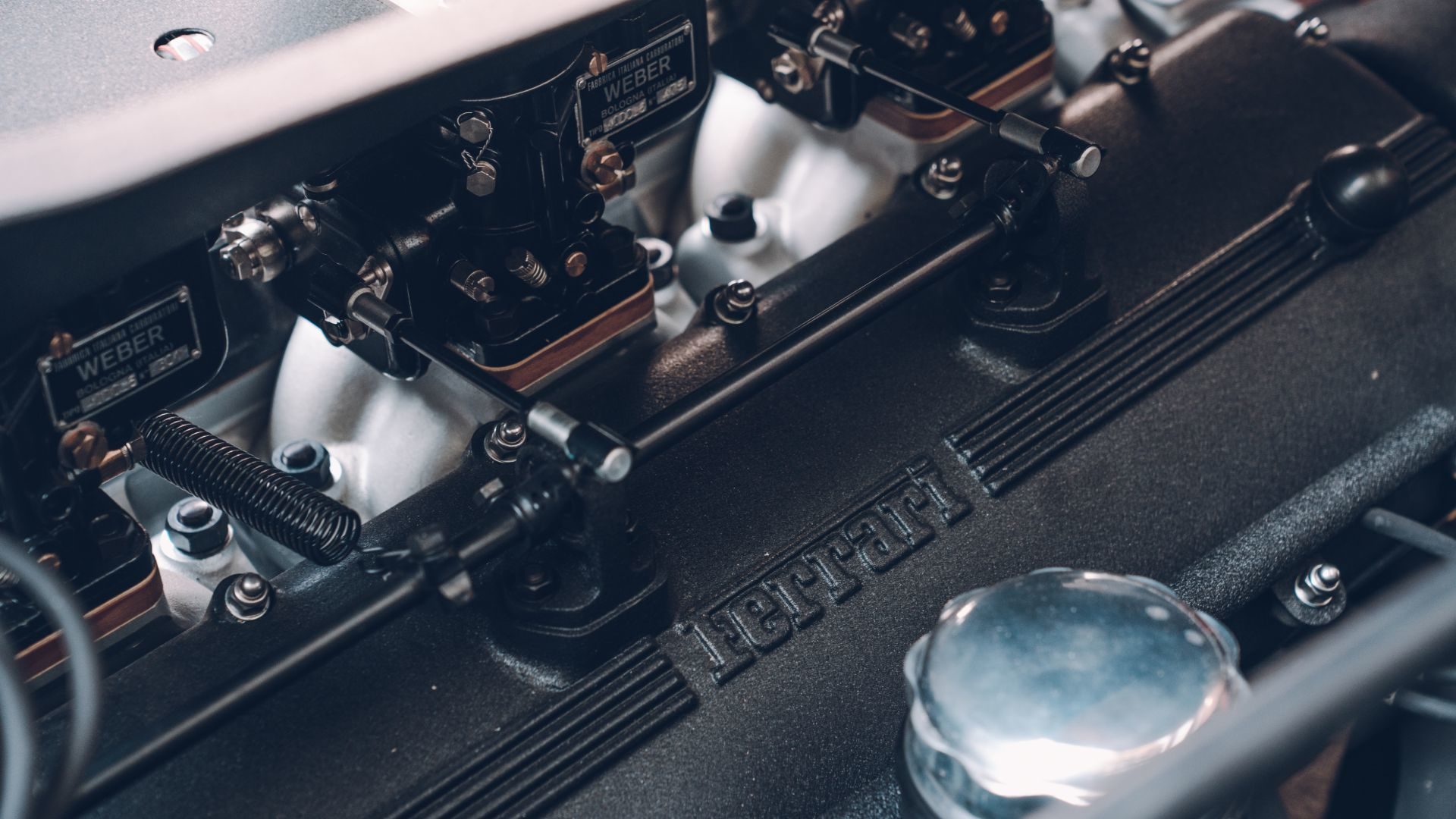
For all the SWB’s beauty and balance, though, Gioacchino Colombo’s magnificent engine overwhelms everything. When the curtain falls for internal combustion in 2030, this naturally aspirated V12 – which lived on in various Ferraris until 1988 – will have its place in the hall of fame.
Throttle response is strident and razor-sharp, goading you into wringing out more revs. By 4,000rpm, the prancing horses are really galloping and there’s still nearly 4,000rpm to go. The genteel GT has thrown down its dinner jacket and stripped to a loincloth. It feels utterly feral.
Then there’s the noise. A rabid snarl that makes conversation difficult even at 40mph, it’s somehow more than the sum of its parts. You hear the gasp of induction, the meshing of gears and the rasp of exhausts, all overlaid by the engine itself. It’s an intensifying physical presence that cuts to your core.
Shark attack
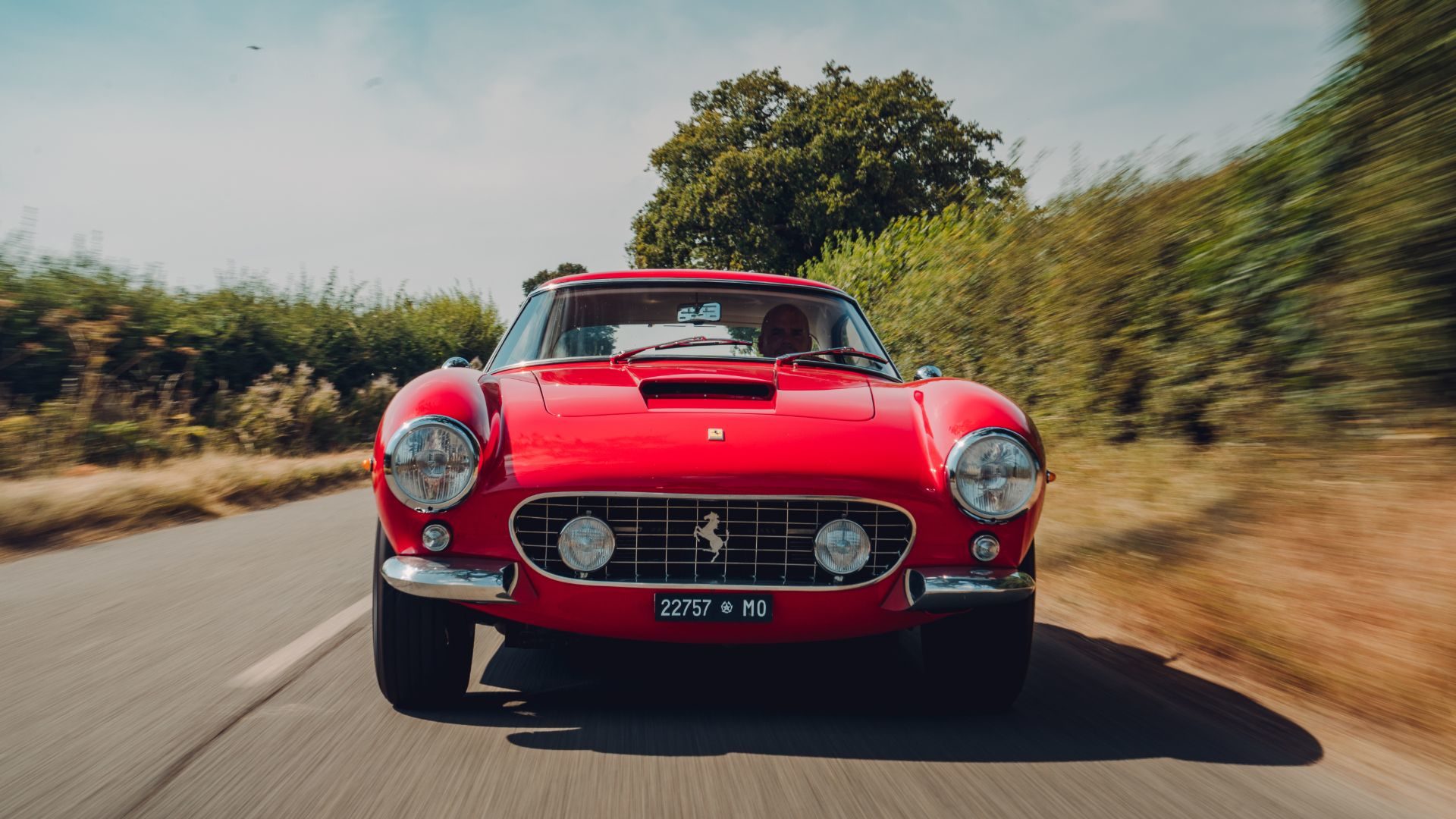
Handing back the keys with the V12 crescendo still echoing in my ears, I ponder how much progress we have really made. Supercars have become vastly faster, more capable and more accessible since 1959 (well before the word ‘supercar’ was even used, incidentally), but in terms of raw driving excitement, they have stood still at best. I wouldn’t swap one SWB for a garage full of electric hypercars.
Still, everyone must move with the times, and GTO Engineering’s next project is a 21st century SWB called the Squalo, or ‘Shark’ in Italian. It retains the styling of the classic Ferrari but is an entirely new car, with a bespoke quad-cam V12, lightweight construction (the target is sub-1,000kg) and modern electronics.
Could it be even better than the not-quite-real thing? The first customers will find out in 2023.
ALSO READ:
Porsche 911 by Theon Design 2021 review
Jaguar E-Type Unleashed 2021 review
Ferrari Dino ‘Evo’ review: a red rag to the purists

